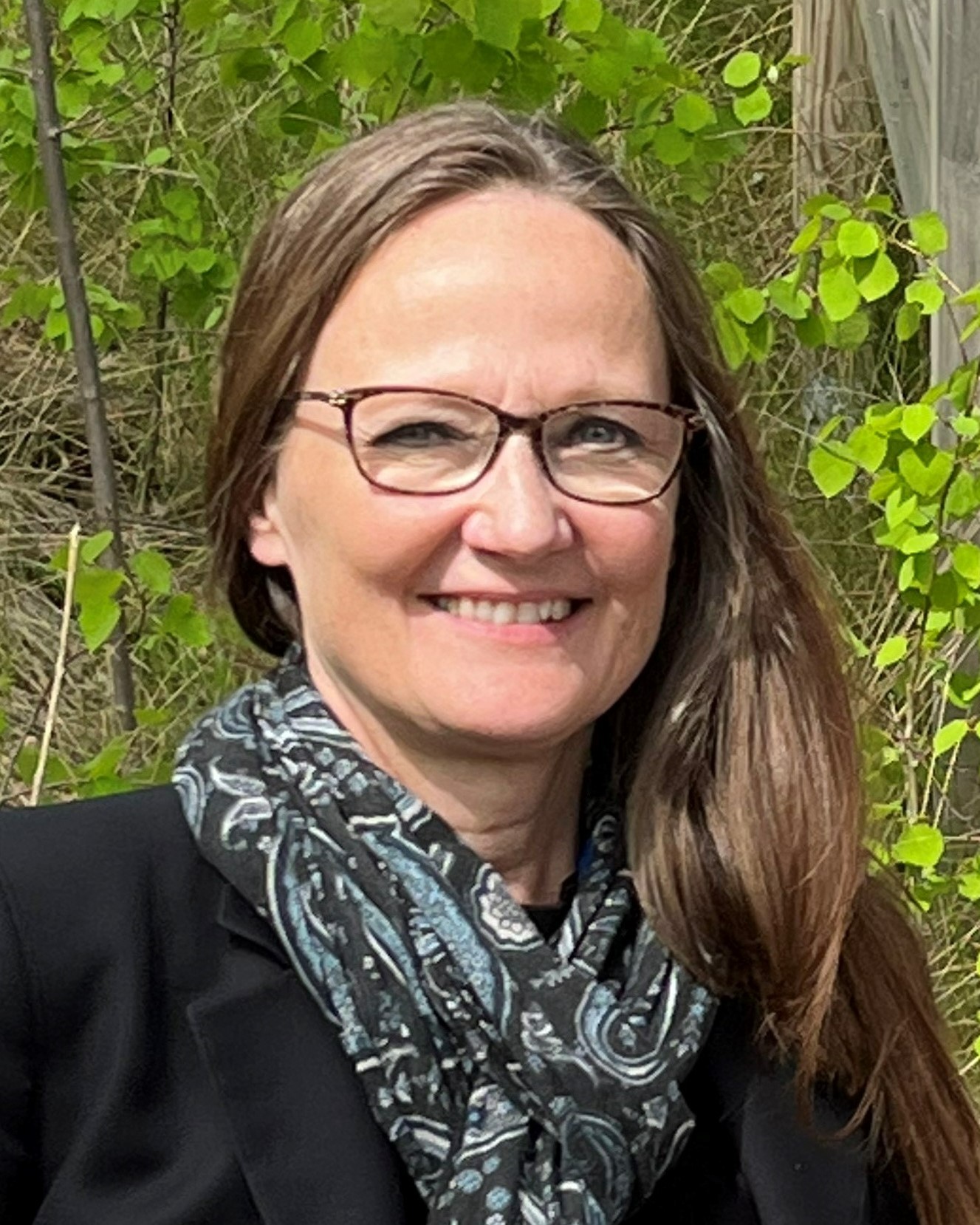KTH Royal Institute of Technology
Addressing Critical raw materials Challenges in Energy Storage Systems: Computational materials design tools (ACCESS)
Industrial project
Postdoc
Open
Research question
This project aims to advance the knowledge needed to replace critical materials in Li-ion batteries and develop computational tools that support the battery industry in speeding up the materials discovery process. CALPHAD (CALculation of PHAse Diagrams) method is widely used to model thermodynamic properties and phase behaviors in multi-component systems, providing insights into materials stability across varying conditions. However, CALPHAD requires extensive experimental and calculated data to produce accurate predictions. By integrating CALPHAD with data from Density Functional Theory (DFT) and experiments, this project aims to enable faster, more precise predictions of materials behavior, significantly reducing reliance on labor-intensive experiments. One of the aims is to develop a comprehensive description of possible phases and phenomena occurring at electrode/electrolyte interfaces. This approach will accelerate the development of sustainable battery materials while identifying viable alternatives to critical elements such as Li and Co.
Sustainability aspects
Key materials for the Li-ion battery industry, such as Li, Co, Ni and natural graphite are on the EU’s Critical Raw Materials list due to their scarcity and supply risks. By focusing on more affordable and readily available materials, this project aims to help to reduce costs and increase access to electric vehicles, making them more attainable for low-income populations. In doing so, this project makes a substantial contribution toward Sustainability Development Goals (SDGs) 7 (Affordable and Clean Energy) and 9 (Industry, Innovation, and Infrastructure). Furthermore, by contributing to the electrification of transportation, this research supports Europe’s strategic objectives of reducing greenhouse gas emissions (SDG13: Climate Action). Developing sustainable alternatives to critical battery materials is vital for creating an energy system that supports renewable sources while minimizing environmental harm and resource dependency.

Thermo-Calc Software AB
Bartek Kaplan
Department Head
bartek@thermocalc.com

KTH Royal Institute of Technology
Malin Selleby
Professor
malin@kth.se
Explore projects under the WISE program
WISE drives the development of future materials science at the international forefront. The research should lead to the development of sustainable and efficient materials to solve some of today's major challenges, primary sustainability. On this page you can read more about our research projects.
Explore projects